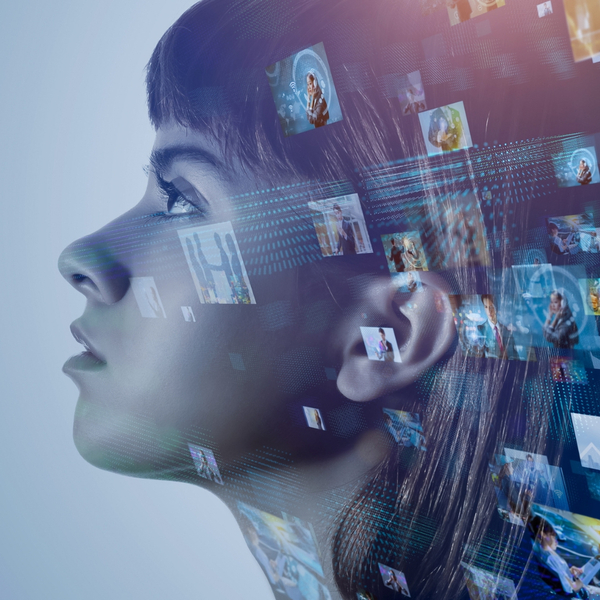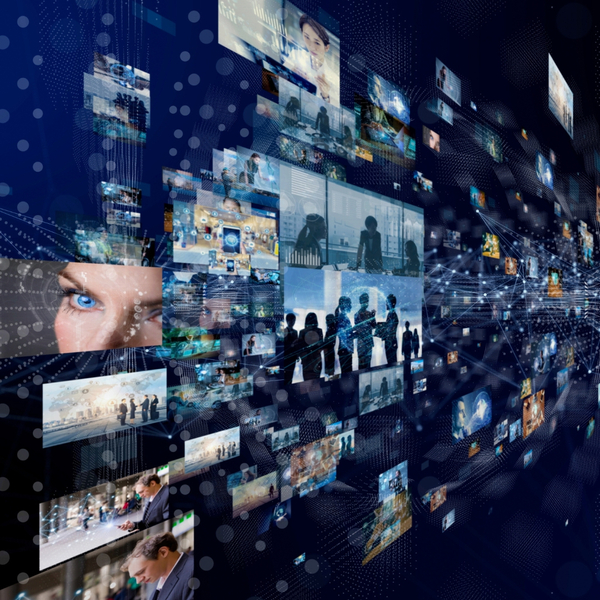People often wonder what it would be like if computers could think. Computer vision is about enabling them to see. Not literally, of course. But the field of computer vision allows machines to understand the content of visual inputs and take action based on that information.
It’s pretty remarkable, really. Humans have complex physiological systems and years of context that enable them to distinguish between different types of objects. Most of us take for granted the ability to judge distance, perceive motion and understand other visual clues. Computer vision systems must replicate this ability with processors, cameras, algorithms and lots of training data.




